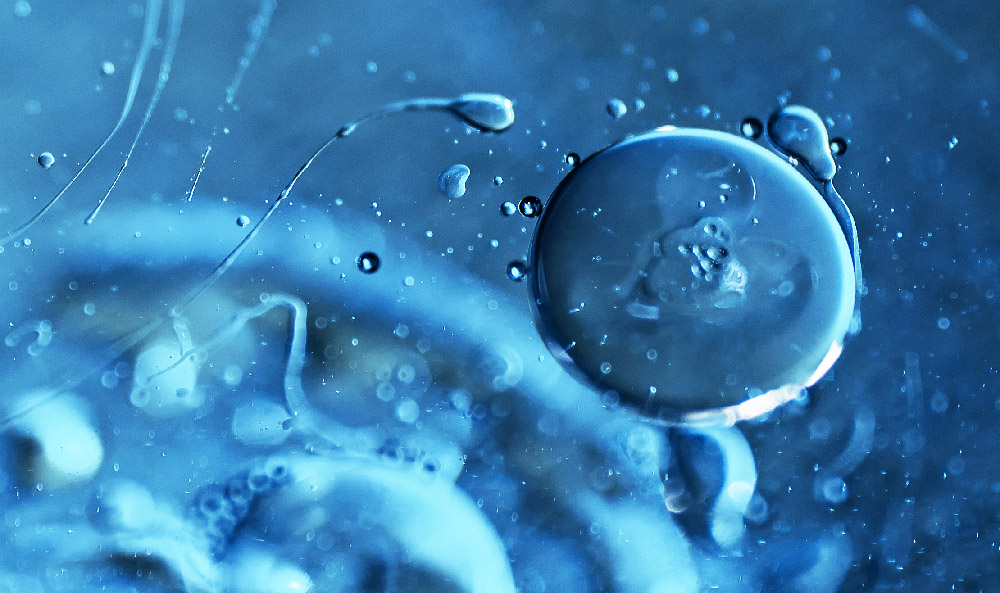
Animal Characteristics Shared Animal Structures


Animal Characteristics Objectives:
- List the basic shared characteristics of animals species.
- Describe the flexible nature of animal tissues and the size difference between eggs and sperm.
- Provide the characteristics of two Carnivoras, bears and otters.
Animals are one of the most popular topics we cover in biology, possibly because animals are such an integral part of our lives.
Look around you. How many animal-related items are you surrounded by each day? We will expand on the background knowledge you already have in this guide and guides to come.
What is an animal?
You have been learning about animals your entire life. Based on your experiences, list at least three characteristics that separate animals from other types of species.
How did you do?
The most common responses are: animals move, animals have many many cells, and animals eat other organisms.
General Animal Characteristics

Multicellular

Feeding

Gas Exchange

Sensory Systems

Movement
These characteristics are all correct for animals, BUT… other kinds of species can move (even bacteria); other species can have many cells (plants & fungi), and some fungi, plants, and microscopic species can consume other organisms.
We need to more clearly define animals.
Animals have groups of cells, called tissues, that enable flexible movement. We can see this flexible movement in action when we pinch our skin or in the undulations of this snail.

Most animals have significant differences in the size of the gametes or “sex cells:” the egg is typically much larger than the sperm, and there are often far more sperm. This impacts reproduction significantly in many animal species. Females can invest more energy and time in offspring, protecting and often internally developing the fertilized egg.
Animals are commonly divided into the vertebrates (having a backbone, including humans) and invertebrates (not having a backbone).



We will primarily focus on invertebrates in this guide, but first we will apply animal characteristics to two more commonly known groups of vertebrate animals: bears and otters.
Bears and Otter are classified in:
Domain Eukaryota
Kingdom Animalia
Phylum Chordata
SubPhylum Vertebrata
Class Mammalia
Order Carnivora, which includes Family Felidae (cats), Family Ursidae (bears), and Family Mustelidae (weasels, otters)
Carnivoras
Carnivoras (formally called Carnivorans) are an order of mammals that primarily eat flesh. This is often confused with the functional group “carnivore” which means any organism that eats an herbivore, like a spider eating a bee, or a human eating a “carnivore pizza” with sausage and pepperoni on it. “Carnivoras” is just referring to an ancestrally related group of mammals, and some of them do not just eat meat, like panda bears.
This video introduces the bears of Family Ursidae.
Bears were in the news a week ago with the National Park Service’s annual “Fat/Healthy Bear Contest.”

Polar bear, koala bear, panda bear; which one isn’t really a bear?
Koala “bears” are actually marsupials, not bears. They have different ancestry and structural features.
Side note, if you have not seen the new panda bear cub at the Smithsonian National Zoo, head to their coverage and giant panda cam.
Continuing the idea that toys can teach real information, this video introduces otters before we watch the real animals in action.

As you watch the next river otter videos, watch for various animal characteristics as well as characteristics specific to otters.
Video was taken at the High Desert Museum.
All otters have a long weasel-like slim body that glides through water. These river otters demonstrate aquatic movement.
River otters also move well on land. Watch their response to a passing stroller.
River otters are known to be highly inquisitive and can quickly learn to “entertain” people as this otter demonstrates. Otters require significant stimulation in captivity or they engage in destructive behaviors.
Need more otters? There are additional videos on the resources page.
The nest section introduces the diverse world of invertebrate animals.

Check your knowledge. Can you:
- List the basic shared characteristics of animals species?
- Describe the flexible nature of animal tissues and the size difference between eggs and sperm?
- Provide the characteristics of two Carnivoras, bears and otters?



